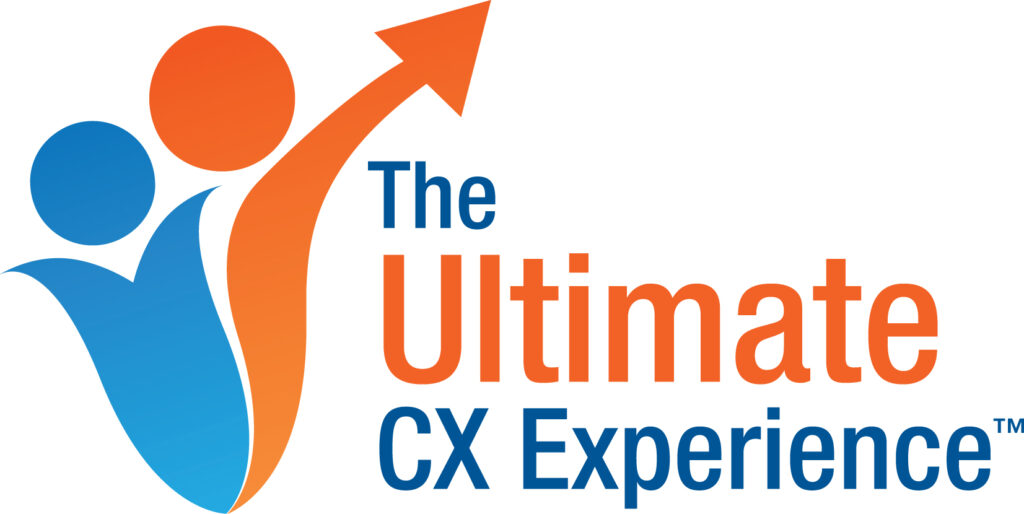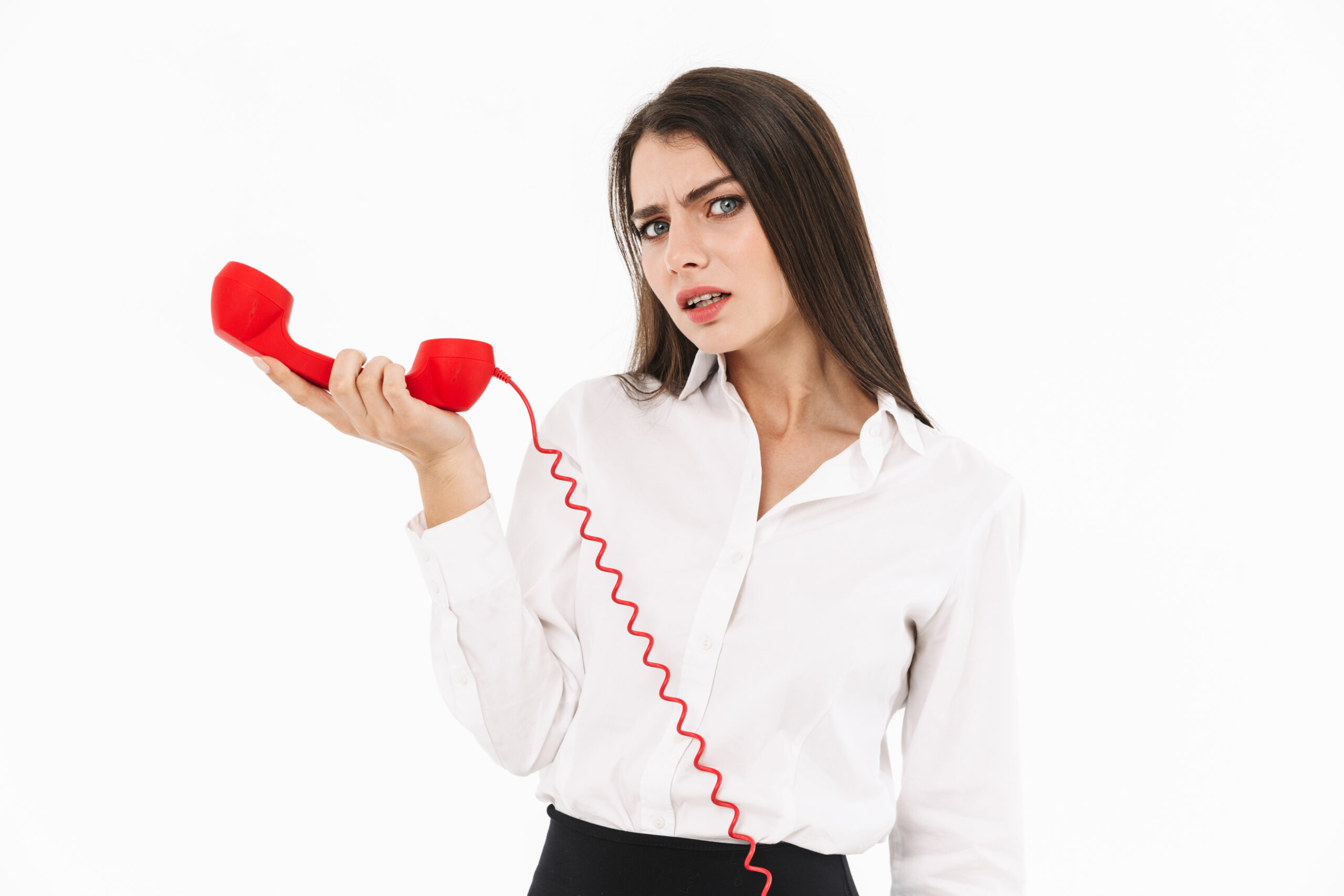
Years ago when I worked as an associate in a suburban dental practice, one of the neighbouring medical practices used to answer their phones:
“Surgery.”
If you were lucky, sometimes when you phoned you may have gotten:
“Hello surgery?”
The second greeting was far more expressive than the first, because it began with a greeting of “Hello”, and it finished with an upward inflection and question mark, that implied that the answerer of the phone was expecting the caller to the medical practice to continue the conversation.
Hardly inspiring stuff…. on a customer experience level. And unless you just happened to be Nostradamus phoning, how would the average punter even believe that they had phoned the right place?
And then magically, after either of these significantly inadequate messages, the medical practice expected the caller to start speaking in a logical and sensible manner…
[I can’t in any reasonable mind refer to these messages as “greetings” because they do anything but “greet” the caller]
It all just simply beggars belief….
And still today this sort of thing continues to be trotted out…
The professional three-part phone greeting is not used by businesses as often as it should be when their business telephone rings.
When the phone rings at a business, it is usually a customer or a potential new customer with a problem that they expect the business should be able to solve for them.
And if that is our business, then it is the duty of our team members answering that phone to do everything in our power to help that caller find a solution for their problem.
And more often than not, that solution is usually an appointment with one of our business’s service providers, or one of our sales people.
And therefore anything we say or do when the phone rings that diverts or distracts us or the caller from our purpose of solving their [the caller’s] problem is an unnecessary action that needs to be eliminated.
The best way to solve the caller’s problem…
The best way to solve the caller’s problem is to immediately invite the caller to share their problem with us when we answer their initial phone call.
This is in fact the third part of the three-part professional phone greeting that all employees answering a business phone should use EVERY TIME that their business phone rings.
For the phone answerer, the third part of the three part phone greeting is simply the asking of this question, after they have thanked the caller for calling their business [NAME], and identified themselves personally.
They should then say:
“How may I help you?”
By asking this question, we invite the caller to continue the conversation by explaining the outcome they seek from their call, or be divulging the problem they would like our business to solve for them.
Failing to ask this question as the third-part of the phone greeting actually leaves the greeting with a suspenseful and uncomfortable NON-ENDING… where the caller does not know exactly what to do or say next.
Every caller to a dental practice needs to be led [gently] to a solution, which is often the scheduling of a necessary appointment for either treatment or for a consultation.
Failing to ask that important third-part of the phone call greeting places an unnecessary hurdle in front of the caller that can and does result in no solution for the caller.
And that’s just simply a LOSE-LOSE solution that wastes the caller’s time and our practice’s time, and our practice staff’s time.
And that’s just dumb.
*************

Dr. David Moffet BDS FPFA CSP is a certified CX Experience coach. David works with his wife Jayne Bandy to help SME businesses improve their Customer Service Systems to create memorable World Class experiences for their valued clients and customers. Click here to find out how David and Jayne can help your business
